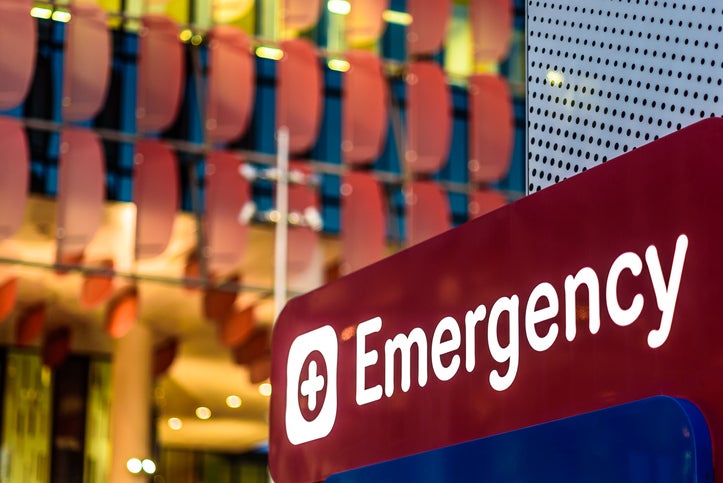
It is estimated two-thirds of emergency department visits are avoidable. These visits could be treated as safely and effectively in a low-cost primary care setting. The average cost of a visit to the hospital ED is $2,000, nearly 12 times higher than a physician office and 10 times higher than an urgent care center. The higher price is driven, in part, by hospital facility fees and costlier lab, pathology, and radiology services.
The most cited reasons for avoidable ED visits include patient misperception of problem severity, primary care service accessibility, financial disincentives, and misdirected referrals from primary care. Some of the most common discharge diagnoses include urinary tract infection (UTI), hypertension, COPD, and short-term complications from diabetes and heart failure (CHESS reporting).
Emergency department avoidance strategies can range from short term low-intensity efforts to longer-term initiatives that require dedicated resources over a period of months or even years. Simple avoidance strategies include updating patient-facing materials and flyers, while longer-term solutions may consist of implementing telehealth services, standing up a paramedicine program, or utilizing post-discharge home visits. However, these longer-term solutions may require analysis of projected ROI or the piloting of programs to test utility before implementing on a broader scale.
One of the simplest and most effective ED avoidance strategies might be using visual aids to reinforce verbal instructions. One study found that patients remembered only 14% of information presented verbally vs. 80% of information when presented verbally along with a visual aid. An example of a visual aid would be zone tools. Zone tools with green, yellow, and red indicators can help congestive heart failure patients know when symptoms (such as rapid weight gain or swelling) necessitate contacting an assigned health navigator. Including the navigator contact information on the visual aid is even more effective for information retention.
Other easy-to-implement strategies include evaluating after-hours telephone recordings to ensure that available options are effectively highlighted and also including after-hours instructions in new patient materials.
Strategies that CHESS has found to be effective:
- Visual aids and zone tools targeted to specific health conditions
- Use of teach-back technique to ensure patients understand education and next steps
- Targeted mailings that direct patients to the appropriate site of care
- Extended hours for urgent care and primary care providers
- Shortened follow-up time for ED visits of 72 hours or less when possible
About the Author


